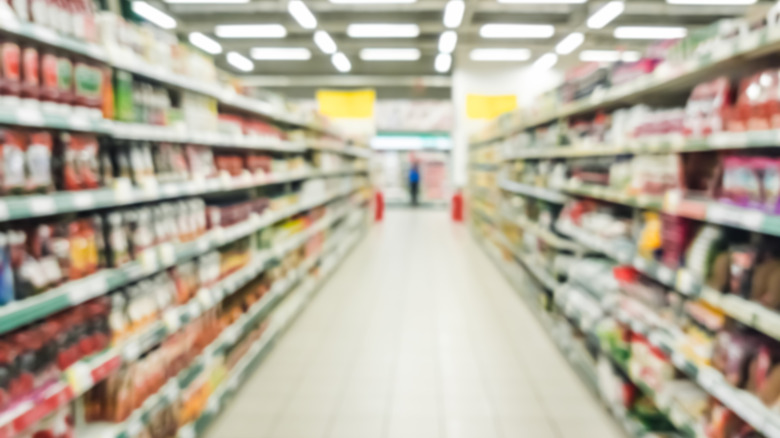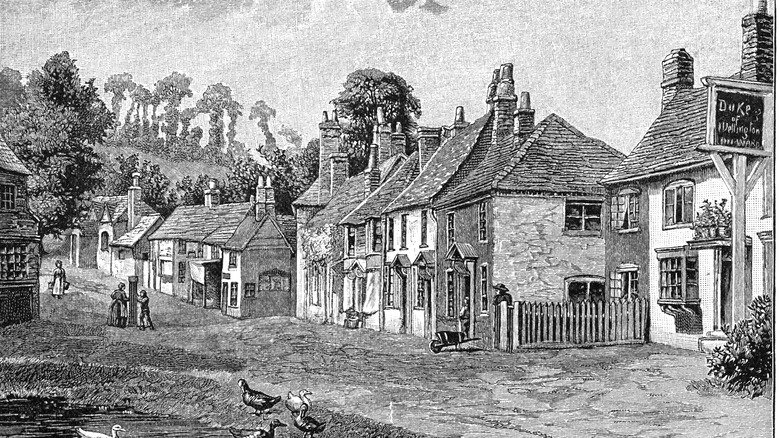What English Grocery Lists Actually Looked Like In The 1600s
If you were to travel back in time to the 1600s, how would you explain modern life to everyone? How could you explain what the Internet is to a Puritan colony? Would you be able to explain what fast food is to a German monarch? While no doubt a lot of our modern-day tools and inventions may be too elaborate to explain without sounding insane, it would be untrue to say that the people of the 1600s were primitives. In fact, under the surface of bygone traditions and antiquated ideas, the people of yesteryear took part in very similar pastimes that we still do today.
Individuals in the Elizabethan Era enjoyed a variety of sports and entertainment, whether it was the wealthy going to the opera or the lower classes enjoying a selection of card and board games, via World History. Taverns were also common sights in English cities, as beer and ale were not only popular parts of a full English diet but also reportedly safer to drink than water, via Historic U.K.
There were even grocery stores in the 1600s as well — albeit a bit different than what we're used to.
A grocery order was found in an old house
While the people of 1600s England couldn't exactly hop into their cars and drive to their local grocery store for some milk as we do, they still needed a place to purchase food. It was during a renovation project on Knole, a historical home in Kent, England, Smithsonian Magazine tells us, that a volunteer by the name of Jim Parker discovered what appears to be a grocery list hidden under the floorboards of the attic.
The shopping list is described as being "beautifully written," albeit a bit hard to understand considering the antiquated type of spelling and the use of old-fashioned terms. While we may not have much use for a "greate fireshovell" today, the grocery list seems to request common items like unsalted cod (called "Greenfish"), pewter spoons (a type of spoon made with pewter instead of tin or silver, via The Pewter Society), and a frying pan. In short, the grocery list is simply an order for food and home appliances — not too dissimilar from what we would usually get on trips to Walmart or Target. Of course, we may not be buying unsalted cod and a lot of candles, but the idea still stands.
But if this is what a shopping list was like back in the 1600s, what did a grocery store at the time even look like?
Increased trade meant more goods for grocers
To say that there weren't any shops selling food or goods before the 1600s would be untrue. A butcher shop that opened in 1515 is still open today after more than 500 years of good business, via ABC News, so it's not like the grocery store was a completely revolutionary idea. But it was during the 1600s that new goods, acquired from expansion and exploration, began to fill the shelves of shops catering to the rich and the poor.
Jon Stobart, in his book "Sugar and Spice: Grocers and Groceries in Provincial England," examines how grocers of Medieval England were able to sell their customers a large range of exotic spices even in the 15th century. As the 15th century progressed into the 16th century, grocers got access to many more non-perishable goods, such as tobacco, spices, sugar, and dried fruits. While today you could grab a bag of sugar and a pack of cigarettes from a corner store without any fanfare, the introduction of these products on grocery shelves was a sign of an increased focus on globalization and stronger supply chains. No longer were grocery stores chained to selling local goods, but they could sell sugar and tobacco grown from far-off continents.
This would also mean that grocery stores were beginning a shift away from the medieval ideas of business and laying the groundwork for what would become modern (or at least more familiar) business and economic practices.


